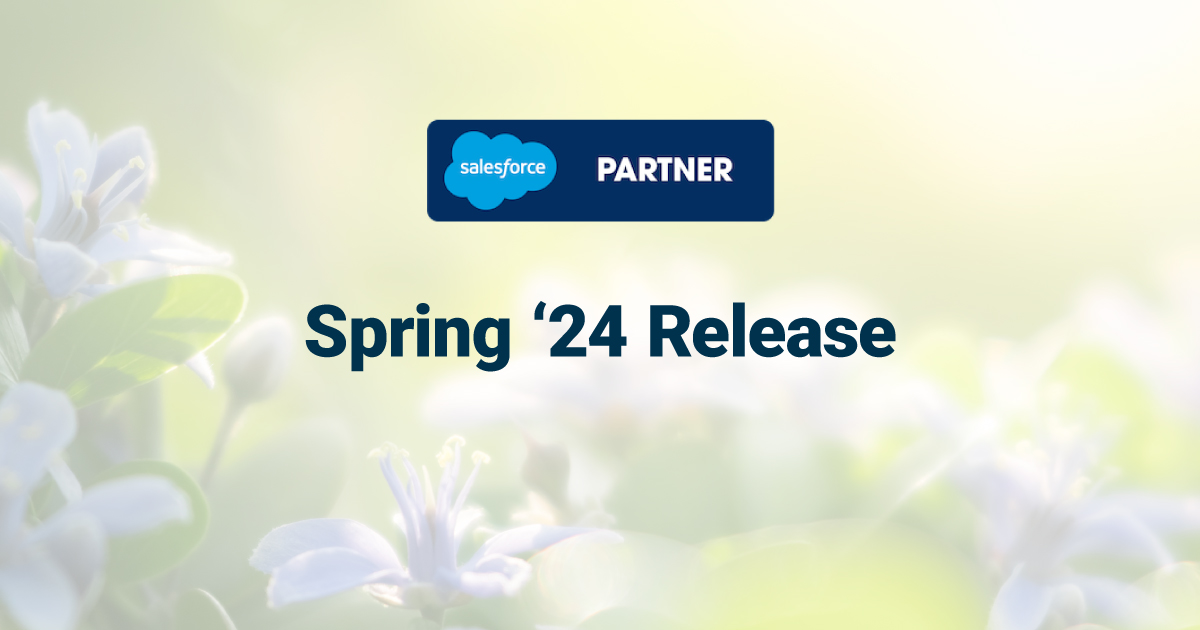Streamlining Salesforce Release Management
However, most of the changes done by developers are done in a developer or test Sandbox which is separate from the production Salesforce.com environment. These changes need to be merged with the changes made by other developers. In addition, these need to be tested on a different org close to production before actually deploying the code in production.
Salesforce has tools to aid with the above tasks. By using Salesforce Change sets, developers can send customizations from one organization to another. However, not all components are available in change sets.
A common alternative is using the force.com migration toolkit. This is a Java/Ant-based command-line utility to copy metadata from one org to another org or to push changes from one org to another org. However, Salesforce customers need to have technical expertise to use this toolkit.
There are various challenges in using the above solution:
- It is hard to get visibility into other developers actions.
- Developers work on the same code, and very often they end up overwriting the work of other developers. Developers don’t realize this late in the cycle since it is time to deploy the code. Many times they realize that they have overwritten the changes after they have deployed their code to the production and business users start complaining.
- Deployment is tedious. Release managers have to continuously modify the ANT scripts if they wish to achieve any level of automation.
- It is hard to compare or sync orgs because it has to be done manually.
- Deployment is time consuming. The productivity benefits gained during the development on the platform are lost in deployment.
- There is no audit. It is hard to keep track of the changes made to an org. There is no way to track who made the changes, what changes were made and when those changes were made.
Flosum as a Solution
Flosum is a great tool for managing Salesforce.com releases. It can be considered as “Complete Release Management for Salesforce in a box”. With Flosum, you won’t have to use Change sets or force.com migration toolkit. Flosum is also “clicks, not code” approach to Salesforce release management.
Flosum helps to:
- Compare and Sync Orgs
- Rollback changes
- Automate Continuous Integration
- Improve team collaboration
- Promote code between orgs
- Manage parallel releases
- Backup and Restore metadata
Flosum provides the following benefits:
- Improve developer productivity
- Improves audit and compliance
- Automatically track all deployments
- Reduce Sandbox cost
This article is written by Preeti Lalwani, Founder of Flosum. Flosum provides a complete release management and continuous integration solution for the Salesforce platform. Flosum was created for “clicks, not code” approach for Salesforce release management.
Flosum is run by an elite group of release management and continuous integration experts. For more information about Flosum, please contact preeti@flosum.com or visit www.flosum.com













